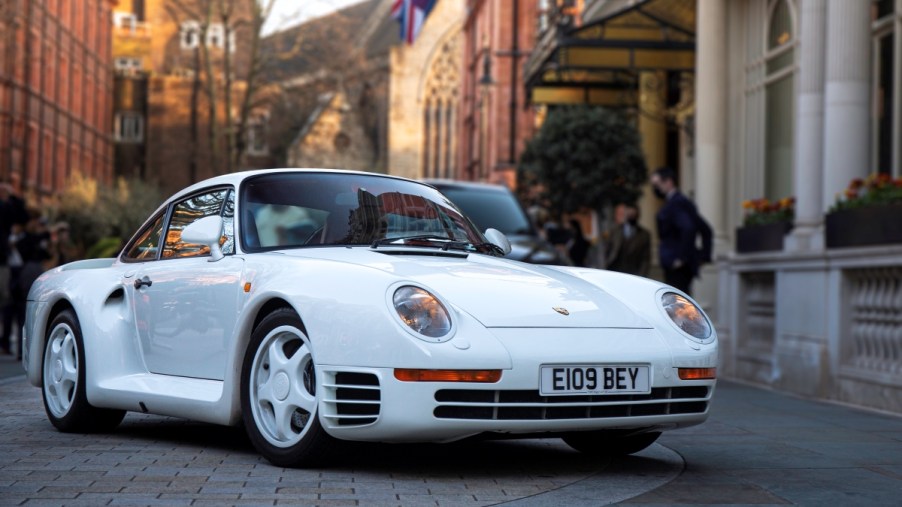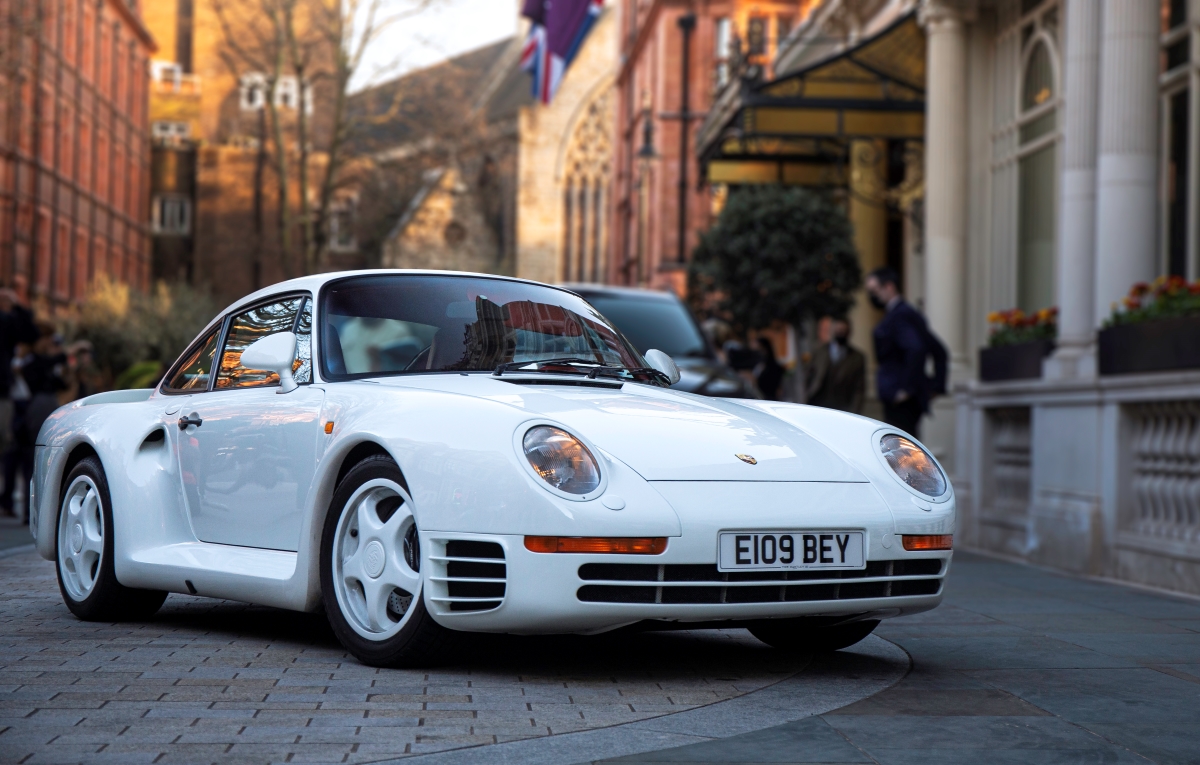
Revisiting the Legendary Porsche 959: A Rally-Bred Supercar with Modern Innovations
In the 1980s, legendary Porsche engineer Helmuth Bott sought to showcase the most-capable iteration of their rear-engine sports car platform. Looking at the future of the figurehead 911, Bott and Porsche spared absolutely no expense. The Stuttgart engineering house crafted a space-age machine that could dominate the asphalt, racetracks, and off-road circuits. Although short-lived, the Porsche 959 became a fabled point in the company’s career, ushering them into the 21st century earlier than expected.
Why is the Porsche 959 so special?
For many automotive enthusiasts, the Porsche 959 is a classic in a class of its own because of the technological sophistication it demonstrates. It stunned the competition when it debuted at the 1985 International Auto Show. At a time when most vehicles were analog in fashion, the 959 boasted intelligence.
The Porsche 959 was innovative all around. It featured speed-sensitive and adjustable shock absorbers to create a self-leveling suspension system. With hopes of competing in the World Rally Championship, the 959 had electronically controlled all-wheel drive with dynamic driving selection. In a world first, Porsche included a tire pressure monitoring system in its hollow magnesium alloy wheels.
Although the 959 was styled as a road-legal race car, Bott took much of the body design language from the aeronautics industry. Porsche explains that the outer shell blends Kevlar and glass fiber-reinforced epoxy resin for strength and weight reduction. A unique polyurethane foam was used to create the front air splitter, and lightweight aluminum was chosen for the doors and hood. HotCars even says the floor of the 959 is made out of Nomex to save weight.
How much horsepower does a 959 have?

The 2.8-liter flat-six powering the Porsche 959 was especially clever. It was the world’s first production car to utilize sequential turbochargers. In a twin-turbo setup, both forced induction units will spool simultaneously. While that provides an immense power boost, the downside is a vast chasm of turbo lag beforehand. Porsche, however, used the turbos to operate in sequence to reduce lag, thus creating a biturbo setup.
Porsche also applied their lightweight philosophy to engine internals. For example, titanium connecting rods reduce the rotating mass on its crankshaft for speedier engine acceleration. The 959’s flat-six remained air-cooled like 911s of old, but the cylinder heads were kept fresh with a water-cooled setup. Also, the Porsche filled the 959’s 12 exhaust valves with sodium to enhance heat dissipation and run higher boost pressures.
The lightweight and fastidiously cooled biturbo boxer engine gave the Porsche 444 horsepower and 369 pound-feet of torque. With a weight just shy of 3,200 pounds, the 959 was extraordinarily quick. Car and Driver’s test of the 1987 model proved a 3.6-second sprint to 60 mph. With a purported top speed of 197 mph, it was the fastest car in the world when it was released, beating out the Ferrari 288 GTO.
Is the Porsche 959 rare?
Since the 959 was set to compete on the Group B rally schedule, Porsche had to fulfill homologation rules. The Fédération Internationale de l’Automobile (FIA) asserted that the company must produce 200 road-going models for customers.
Unfortunately, the FIA nixed the increasingly dangerous Group B after driver deaths in the 1986 season. Although the 959 never got to upend the world of Group B, the 959 stormed through the 1986 Paris-Dakar Rally. Hagerty says Porsche drivers René Metge and Jacky Ickx took first and second place in their respective 959s. A third 959, piloted by Roland Kussmaul, took sixth place.
Although exact numbers remain uncertain, Road and Track says Porsche built 294 Komfort-spec 959s from 1987 to 1988. Missing chassis serial numbers aside, they also made 29 additional Sport models, with 515 horsepower but no self-leveling suspension.
How much is a Porsche 959 worth today?
Despite the weight-saving measures, the 959 was every bit as 1980s luxurious as potential owners would expect. With leather seats, air conditioning, power window and seat controls, and many others, the 959 was expensive. For the 1987 model year, the 959 had an eye-watering MSRP of $225,000—a little over $600,000 today, adjusted for inflation.
Because of its low production numbers and lore, the 959 is much more pricey in 2023. Classic.com shows that 959 values remained relatively flat from 2018 through 2021, with three Komfort-spec 959s sold for nearly $1,000,000 during that time. Yet, one of famed collector Bruce Canepa’s modified 959s sold late last year for $2,920,000.


